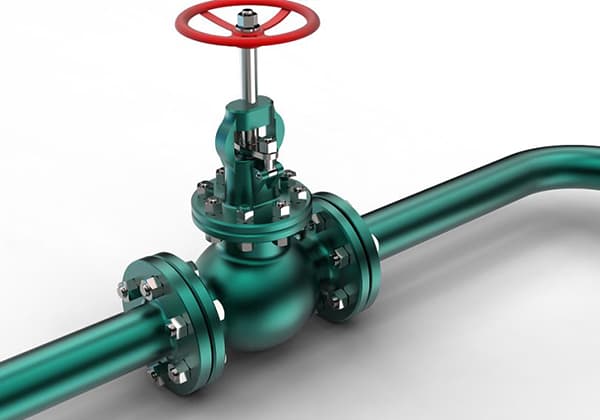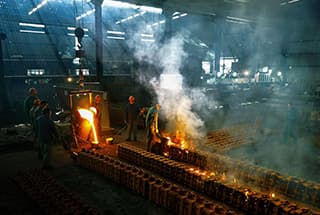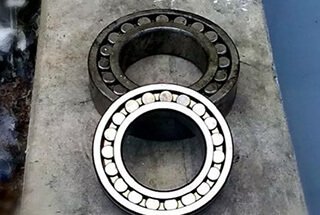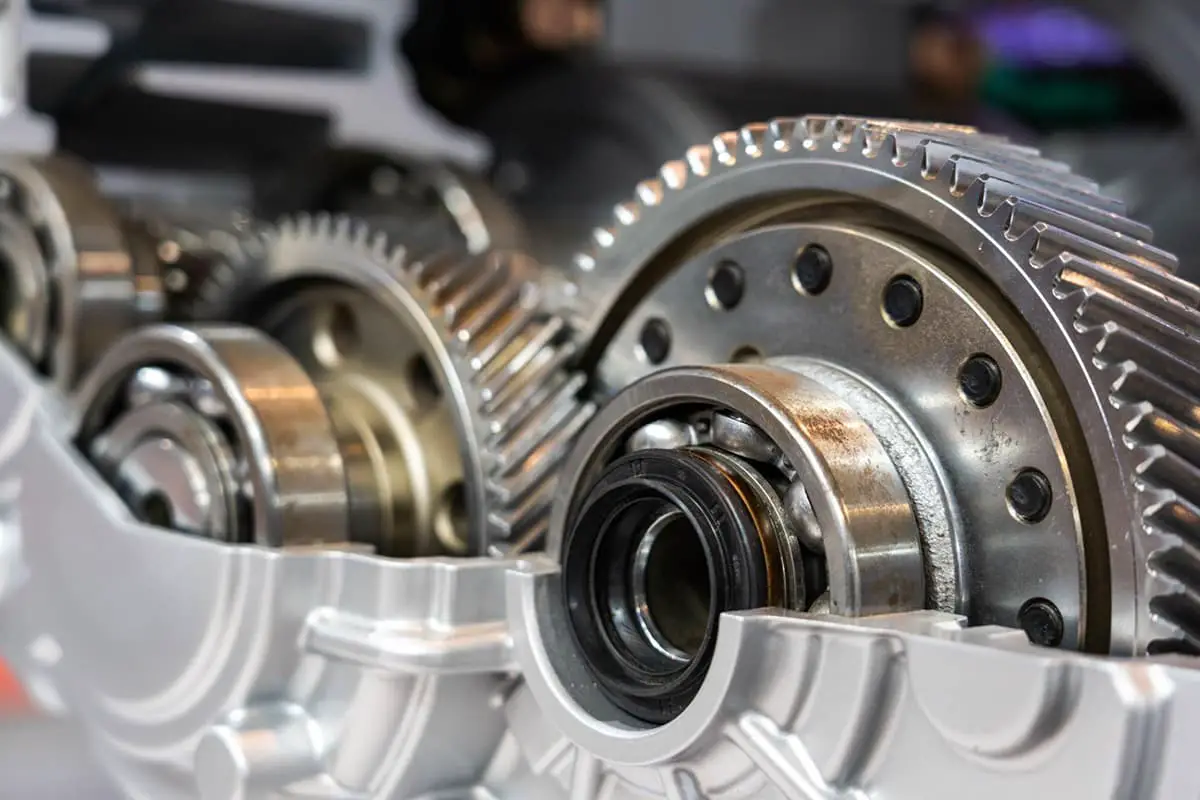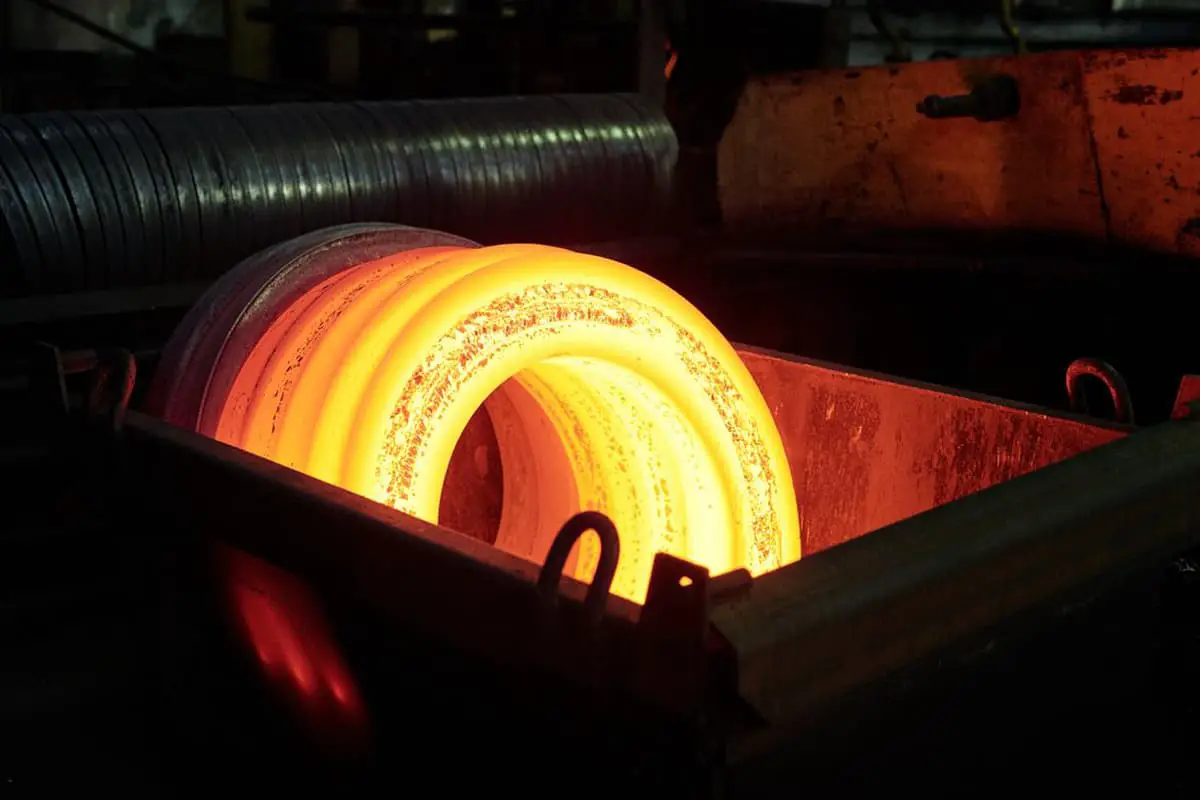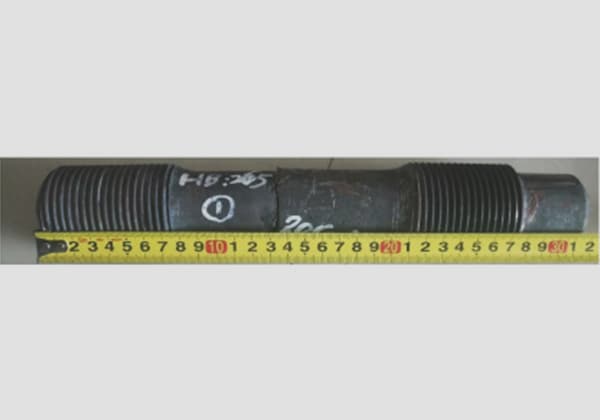
Have you ever considered how machinery operates in extreme cold? Low-temperature bearings are designed to function efficiently below -60°C, crucial for equipment like liquid pumps in rockets and spacecraft. This article delves into their special materials, structural design, and why they’re essential for minimizing friction and preventing jamming in harsh environments. Discover how these bearings maintain optimal performance and longevity in the most frigid conditions, ensuring the reliability of advanced technology. Dive into the details and learn how these innovations keep critical machinery running smoothly even in the coldest settings.

Low-temperature bearings are not designed to operate stably in high-temperature environments, like high-temperature bearings. Instead, they are designed with special materials and structures to reduce friction and minimize friction heating, thus maintaining low temperatures during extended operation.
Bearings that operate at temperatures below -60 ℃ are considered low-temperature bearings.
They are primarily used in various liquid pumps, including those for liquefied natural gas, liquid nitrogen (hydrogen, oxygen), butane, rockets and missiles, spacecraft, and more.
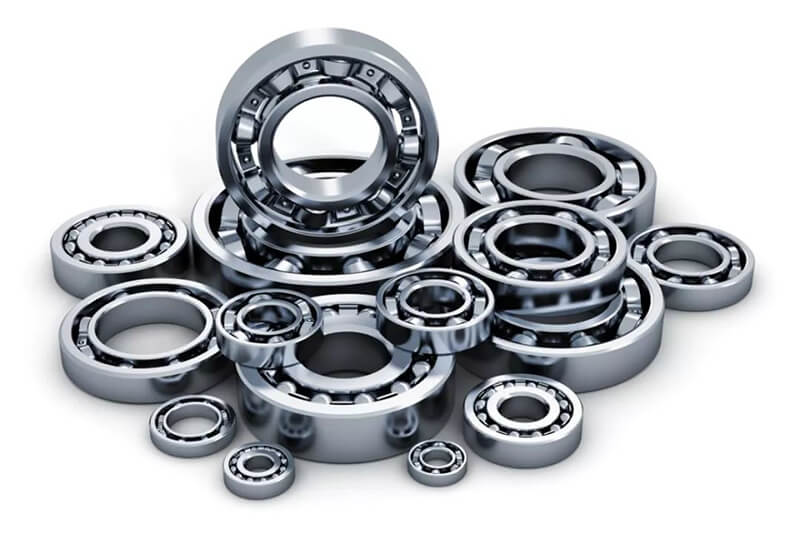
Operating temperature is a critical performance indicator for premium bearing manufacturers globally. It serves as a key metric for evaluating the technological sophistication and precision of bearing materials, design, and manufacturing processes.
The operating temperature of a low-temperature bearing is a direct reflection of the advanced metallurgy, heat treatment techniques, and surface engineering employed in its production. This parameter is crucial for applications requiring optimal efficiency and longevity, particularly in cryogenic or sub-zero environments.
Measurement protocols typically involve monitoring the temperature differential between the bearing’s outer ring and the circulating cooling lubricant during standardized operational testing. This method allows for accurate comparison across different bearing designs and manufacturers.
Lower operating temperatures correlate strongly with extended bearing service life, improved energy efficiency, and enhanced overall performance. Reduced thermal stress minimizes material fatigue, preserves lubricant integrity, and maintains tighter tolerances over time.
Leading bearing manufacturers leverage their proprietary technologies and materials science expertise to gain competitive advantages in the low-temperature bearing market. These innovations cater to demanding industries such as aerospace, cryogenics, and advanced manufacturing.
For example, Timken’s self-aligning roller bearings have undergone rigorous testing and optimization, resulting in an operating temperature approximately 15.5°C lower than comparable products. This significant improvement showcases Timken’s advancements in bearing design, material selection, and surface finishing techniques. In contrast, some other renowned international brands still exhibit operating temperatures exceeding 19°C above Timken’s benchmark, highlighting the variability in performance across the industry and the ongoing pursuit of lower temperature operation.
Low-temperature bearings primarily consist of single-row deep groove ball bearings and cylindrical roller bearings, engineered to maintain performance in extreme cold environments. These specialized bearings are designed to mitigate the jamming phenomenon, which can occur due to both external factors (such as temperature fluctuations) and internal factors (like differential thermal expansion coefficients among the shaft, housing, and bearing components).
The jamming issue in low-temperature applications is exacerbated when there are significant temperature variations. As different materials contract at unequal rates, the operating clearances within the bearing assembly can diminish, potentially leading to seizure. To address this challenge, it is crucial to conduct thorough thermal analysis and material selection for equipment operating across wide temperature ranges, particularly in cryogenic applications.
When designing low-temperature bearing systems, engineers must carefully calculate the thermal expansion coefficients of all materials involved and select components with similar coefficients to ensure dimensional stability and maintain proper clearances throughout the operating temperature range. This approach helps to preserve bearing performance and longevity in extreme cold conditions.
From a structural design perspective, it is advisable to avoid using tapered roller bearings at both ends of a shaft in low-temperature applications. This configuration can be problematic as temperature-induced changes in shaft length may cause the distance between the bearings to increase, potentially resulting in excessive preload or jamming.
A more effective design strategy for low-temperature bearing arrangements is to use a pair of tapered roller bearings at one end of the shaft for precise axial and radial positioning, while employing a cylindrical roller bearing or deep groove ball bearing at the opposite end. This configuration allows for axial thermal expansion and contraction of the shaft within a specified range, accommodating dimensional changes due to temperature fluctuations while maintaining radial support.
Selection of Steel for Low-Temperature Bearings
Low-temperature bearings are typically made of stainless steel, such as 9Cr18 and 9Cr18Mo, or materials like beryllium bronze, ceramics, and others.
For extremely low temperatures (limit temperature -253 ℃), 6Cr14Mo material can be selected, but it must only be used in a vacuum environment.
Note: When using low-temperature bearings, it’s important to be mindful of lubrication-related burns, so choose an appropriate lubricant accordingly.
List of bearing materials and operating temperature
| Steel system | Material Science | Working temperature | Remarks |
| High temperature bearing steel | GCr4Mo4V | ≤315℃ | |
| GCr14Mo4 | ≤330°℃ | Corrosion resistant medium | |
| High speed steel | W6Mo5Cr4V2 | ≤430℃ | |
| W9Cr4V2Mo | ≤450°℃ | ||
| W18Cr4V | ≤550°℃ | ||
| High temperature carburized bearing steel | H10Cr4Mo4N | ≤550°℃ | For large carburized bearings |
| i4VRR6027 | |||
| Stainless heat resistant steel | 4Cr13 | ≤400℃ | High temperature corrosion resistance |
| 3Cr13 | ≤400℃ | High temperature corrosion resistance | |
| 2Cr13 | ≤600℃ | Nitriding treatment is required.High temperature and corrosion resistance | |
| 1Cr13 | ≤650℃ | Nitriding treatment is required.High temperature and corrosion resistance |

